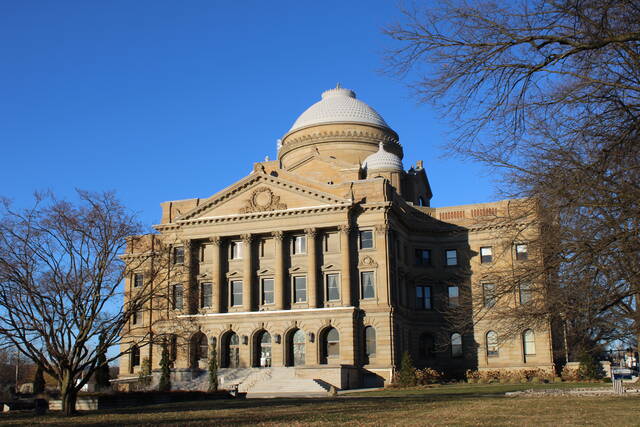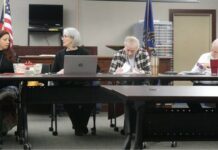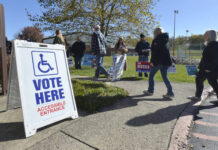Due to a pending statewide legal challenge, Luzerne County’s Election Board tabled a decision on whether Nov. 8 general election voters will be notified of missing signatures or other mail ballot defects so they have the option to cast a provisional ballot at the polls.
This process is known as “curing.”
The Republican National Committee, Republican Party of Pennsylvania and other party entities filed a lawsuit earlier this month against Acting Secretary of the Commonwealth Leigh Chapman and county election boards challenging the authority of county election boards to create and implement curing procedures.
Commonwealth Court Judge Ellen Ceisler is presiding over the matter.
Following a status conference Thursday, Ceisler granted a request to intervene in the litigation filed by the Democratic National Committee, Pennsylvania Democratic Party and other party entities. Legal briefs must be filed Monday, the docket said.
The litigation asserts county election boards don’t have necessary state law permission to allow curing and that differing curing practices among counties prevent statewide election uniformity.
In one of the filings seeking intervention, Democratic committees argued the issue already had been adjudicated in 2020 and questioned the timing of the new action nearly two years later.
Kingston Attorney Joseph M. Cosgrove, a retired Commonwealth Court judge, is representing the Luzerne County Election Board in the matter.
An attorney with Selingo Guagliardo LLC, Cosgrove participated in the status conference, pointing out Luzerne County’s Election Board has implemented a “very modest procedure” for curing ballots.
The board waits until Election Day to review mail ballots for defects and periodically provides a list of those with minor defects to political party representatives so those representatives can attempt to contact impacted voters, he said.
Election Board members do not take action beyond that, he said.
Faced with a decision on how to proceed Wednesday, the election board followed the advice of county Assistant Solicitor Paula Radick to wait for a court ruling.
The board had formalized its curing procedure for the November 2021 general election and agreed to decide whether curing would be offered before each subsequent election, through a board majority vote.
Under the policy, election board members — always at least one Democrat and one Republican together — compile lists of voters who submitted ballots that had defects that would prevent them from being tallied, such as a missing signature or date on the outer envelope or no inner secrecy envelope.
The lists are then provided to party leaders so they can attempt to contact the voters and inform them of their option to cast a provisional ballot at the polls before 8 p.m. Paper provisional ballots are segregated and reviewed last so the election board can verify no mail ballots were received from these voters.
In last year’s general election, the board ended up compiling a list of 383 ballots eligible for curing, although it’s unclear how many were ultimately reached and exercised the provisional option.
The election board had prepared a list of 69 voters eligible for curing in the May 2021 primary but said the parties never picked them up. As a result, board members said they want party leaders to make an advance commitment to both pick up lists and reach out to listed voters from their parties before the board invests the time and energy compiling the lists.
Reach Jennifer Learn-Andes at 570-991-6388 or on Twitter @TLJenLearnAndes.




